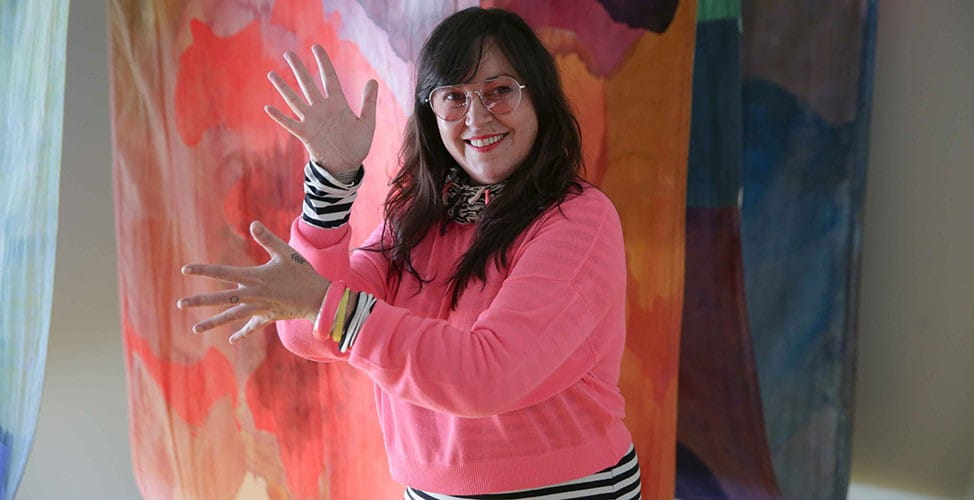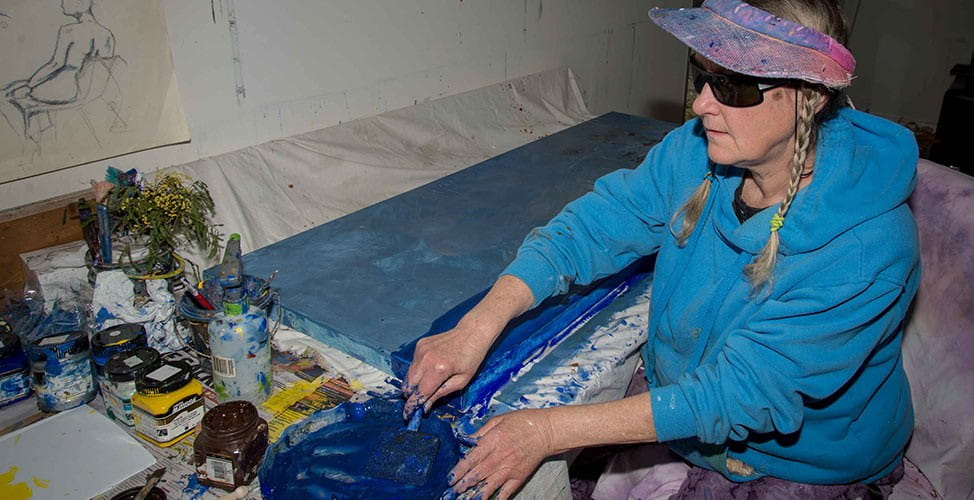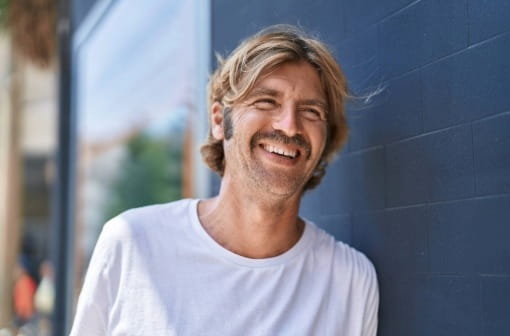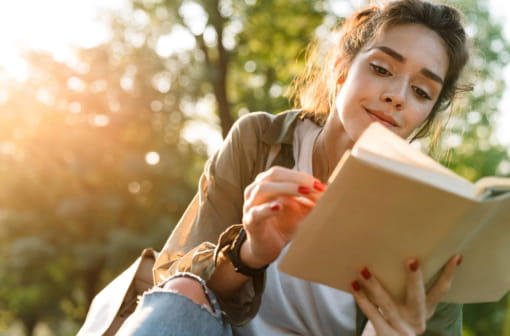“What artists do, probably more than any kind of profession, is to take their sense of identity and what it is to be a human experiencing the universe, and explore and express those things.” – Scott O’Hara.
Key points
- Accessible Arts in New South Wales (NSW) works to put together programs for artists and can open doors to creative pursuits
- Accessible Arts advises performing arts venues, festivals, museums and galleries about how to improve access for people with disabilities.
- Accessible Arts NSW offers disability awareness training in half-day workshops, which help an organisation to increase access and inclusion for people with disability, be they audience, staff or artists.
Theatre groups, writing groups and residencies offer artists with disability an opportunity to showcase their talents and explore new horizons.
“Accessible Arts in New South Wales (NSW) works to put together programs for artists and can open doors to creative pursuits,” says Scott O’Hara, its former Chief Executive Officer.
"Government departments, arts organisations and community groups are increasingly aware of including diverse voices in their programs, but artists with a disability are often forgotten in the inclusivity mix,” says Scott.
“People don’t think about including people with disability the way they would think about including different genders or Indigenous people or different sexualities, even though people with disability make up close to 20 per cent of the population.
“It means that when you’re designing or programming or marketing, whatever the [arts] activity is that you’re doing, you may accidentally exclude artists with disabilities.”

Improving access for artists with disability
The Artist Run Initiative project, a visual arts group in Armidale, NSW, was then operated by the artists themselves. It is just one example of what is possible with specific funding for artists with disability.
“Accessible Arts builds the capacity of groups to become self-organising and independent so they can sustain themselves over the long term,” Scott says.
Crucially, Accessible Arts also advises performing arts venues, festivals, museums and galleries about how to improve access for people with disabilities.
Similar organisations exist in Victoria, Western Australia, Queensland and South Australia.
“The 2021-2022 Census figures from the Australian Bureau of Statistics revealed that around 64 per cent of Australians attend an arts event at least once a year, but art participation is only 54 per cent for those people with disability,” says Scott.
Accessible Arts NSW offers disability awareness training in half-day workshops, which help an organisation to increase access and inclusion for people with disability, be they audience, staff or artists.
It also assists organisations to develop disability inclusion action plans, which identify barriers for those with a disability, and then help arts venues develop plans for removing those hurdles.

“There can be issues even going to a cinema,” says Scott. “For instance, most cinemas will have reasonable accessibility if you’re a wheelchair user, but often there is only one or two seats for them or they’re in an uncomfortable area or they’re separate from the standard seating where their friends may be.
“As a result, for someone with disability, that venue just doesn’t seem friendly or inviting, and that can be enough of a disincentive that they don’t think of going.”
Helping venues establishing programs
The Art Gallery of NSW, the Museum of Contemporary Art in New South Wales, the National Gallery of Victoria and other arts venues are among those that offer AUSLAN-guided tours (AUSLAN is Australian sign language for many deaf people).
But perhaps the most important work that Accessible Arts and similar organisations do is to help establish or improve programs that enable people with disability to develop their creative potential.
“What artists do, probably more than any kind of profession, is to take their sense of identity and what it is to be a human experiencing the universe, and explore and express those things,” says Scott.
“Making people more aware of issues around disability is a vital role that the arts can play.”
Disclaimer:
Information provided in this article is of a general nature. Australian Unity accepts no responsibility for the accuracy of any of the opinions, advice, representations or information contained in this publication. Readers should rely on their own advice and enquiries in making decisions affecting their own health, wellbeing or interest. Interviewee names and titles were accurate at the time of writing.


